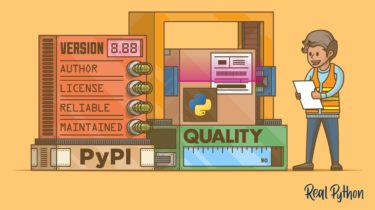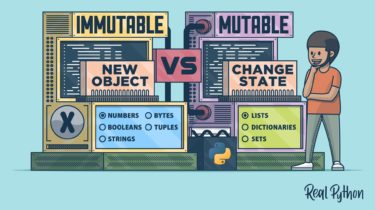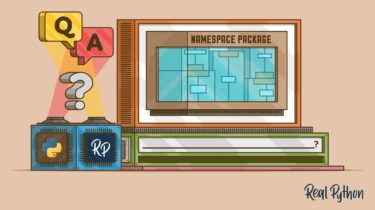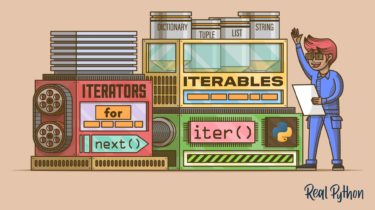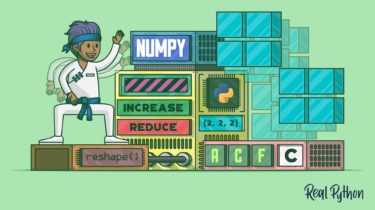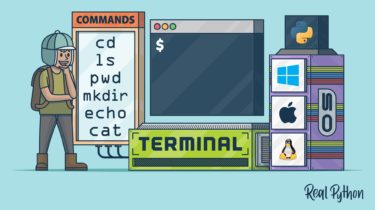How to Evaluate the Quality of Python Packages
Installing packages with Python is just one pip install command away. That’s one of the many great qualities that the Python ecosystem has to offer. However, you may have downloaded a third-party package once that didn’t work out for you in one way or another. For example, the package didn’t support the Python version that you were using in your project, or the package didn’t do what you expected it to do. By understanding the characteristics of a high-quality Python […]
Read more